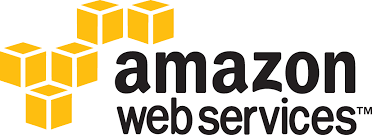
Expedia Group
1
CAN, FRA, GBR, IND, SGP, USA
Description
Expedia Group is an American global travel technology company. Its websites, which are primarily travel fare aggregators and travel metasearch engines, include CarRentals.com, CheapTickets, Expedia.com, HomeAway, Hotels.com, Hotwire.com, Orbitz, Travelocity, trivago, and Venere.com.
According to Rich Barton, the company's first CEO, the word "Expedia" is derived from a combination of exploration and speed. Source: https://en.wikipedia.org/wiki/Expedia_Group
According to Rich Barton, the company's first CEO, the word "Expedia" is derived from a combination of exploration and speed. Source: https://en.wikipedia.org/wiki/Expedia_Group
